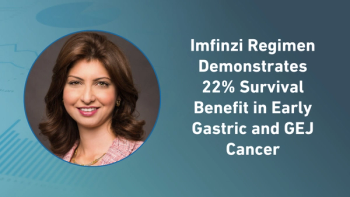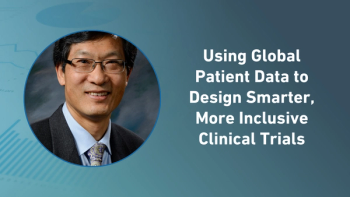
New Phesi Diversity Data Shows Inclusion Of African American Patients Improving, Other Minorities Still Underrepresented
Phesi Inc. has recently analyzed protocol design data from 1,324,820 US patients, from Phase II and III single country clinical trials across a total of 1,580 cohorts. This data set represents 495 disease conditions with trials starting from 2010-2020. The results showed that Asian, Hispanic and Latino, Native Americans and Alaska natives, Native Hawaiians and other Pacific Islander patient subpopulations were all significantly and consistently underrepresented over the decade.
The data show Black and African American patients appear to have become better represented over the past decade, making up 14.92% of the data set, compared to 13.4% of the total US population in 2019 US Census Bureau estimates. This positive change is due to concentrated efforts from industry to improve racial diversification, as well as vital work undertaken by patient advocacy groups for diseases disproportionally impacting Black/African Americans in the US. This is a broad snapshot over trials over the last decade and the increased numbers do not mean the work to ensure true representation of Black/African American participants in clinical trials is done. Moreover, other racial groups are still markedly underrepresented in trials.
Newsletter
Stay current in clinical research with Applied Clinical Trials, providing expert insights, regulatory updates, and practical strategies for successful clinical trial design and execution.





.png)



.png)



.png)
.png)
